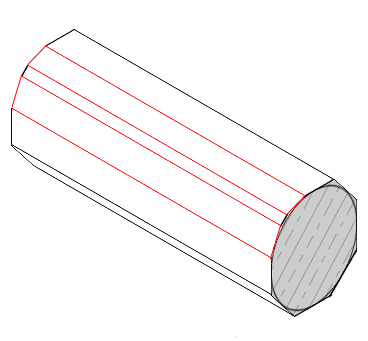
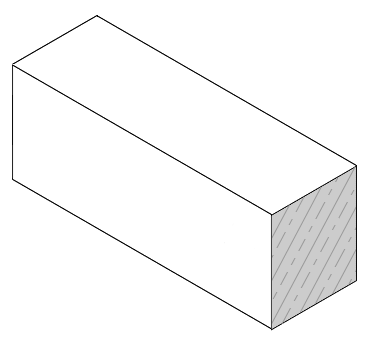
The process of working a stone column starts with a rectangular piece of stone, the dimensions of which match the required diameter and height of the finished article. For this example the column is without entasis, that is, the sides of the column are parallel in elevation.
The stages of working a column in stone follow this sequence:
- Scribing the column in to the stone
- Working initial chamfers
- Working further chamfers
- Finishing the column
Scribing The Column On The Stone
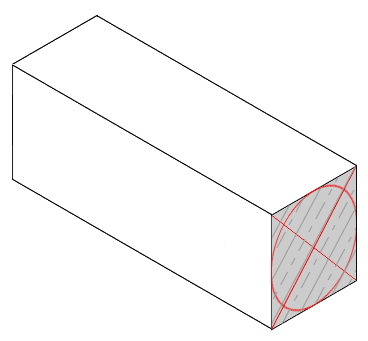
To find the centre point from which to mark the diameter of the column, diagonal lines are marked from opposite corners on the beds of the stone. From this point dividers are used to scribe the radius of the column. Assuming that the plan of the stone is a true square equal to the diameter of the column, the circumference will touch on each edge as shown in the picture.
Working The Initial Chamfers
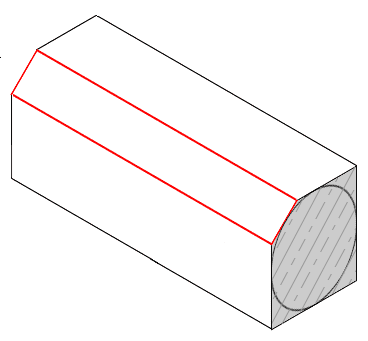
With the diameter of the column scribed, a series of chamfers are marked on the ends using a shift stock and joined together along the length of the stone. As shown in this picture, the initial chamfers are at 45° to the face edges and touch the scribed circle. Once scribed on, these four chamfers are worked along the length of the stone.
Working Further Chamfers

Referencing the previous step, the process of working chamfers on the stone is repeated, with each repetition doubling the number of drafts. As the number of drafts increase, their width will decrease and the column will start to become round.
Finishing The Column
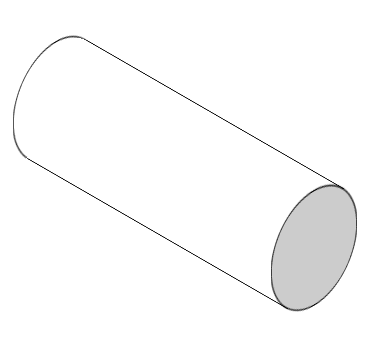
At a point where the drafts are about a ½” wide, the stone column is at a stage where it can be tooled over with a dummy and bolster to remove high spots and give a suitable finished surface. It may be preferable to use a tungsten rubbing block at this stage prior to tooling over as it speeds the process up. However, during a traditional stonemasonry apprenticeship the apprentice must finish all worked stone on the chisel.
A PDF version of this page is available